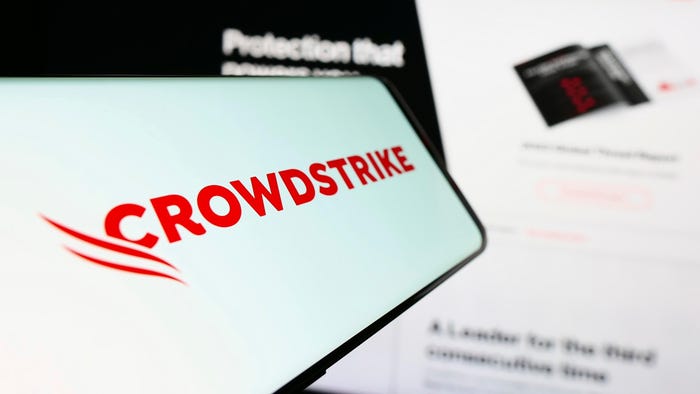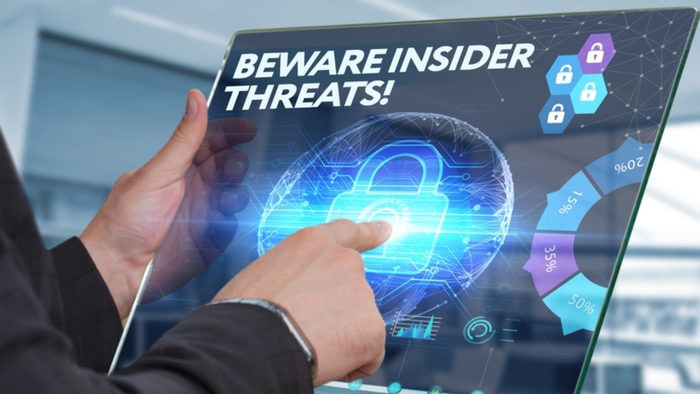Eavesdropper Steals Quantum Crypto Keys
So-called "perfect eavesdropper" steals keys while they're being negotiated, without alerting users.


Strategic Security Survey: Global Threat, LocalPain
Strategic Security Survey: Global Threat, Local Pain(click image for larger view and for full slideshow)
Quantum cryptography may look great on paper, but how secure is it in practice?
In fact, a team of computer scientists from Norway and Singapore identified a vulnerability that would allow attackers to eavesdrop on quantum key distribution, which is used to create a secret, secure key between two parties. They demonstrated this exploit first against a research quantum cryptography system, built at the National University of Singapore, then published research detailing how the vulnerability existed--at least in principle--in commercial quantum cryptography key generation systems built by ID Quantique and MagiQ Technologies. Now, the team has made the jump to demonstrating it against a fully deployed research system.
The team has detailed their latest findings in a paper, "Full-field implementation of a perfect eavesdropper on a quantum cryptography system," published last week in Nature Communications. Vadim Makarov, a member of the research team who's a postdoctoral researcher at the University Graduate Center in Kjeller, Norway, has also provided a detailed, behind-the-scenes look at the research. The researchers said that they shared details of the vulnerability with commercial quantum cryptography vendors, who have patched any related vulnerability in their systems.
Quantum cryptography is attractive because it can be used to create key generation systems that detect whenever a third party is listening in, for example by intercepting packets. That's thanks to the Heisenberg uncertainty principle, which says that any attempt to measure quantum data will disturb it. As a result, two parties can be sure that no one has eavesdropped on their encryption keys, and that all data they subsequently transmit remains secure.
But systems that implement quantum cryptography for key generation--layered with classical key-generation systems for better security--are relatively new. Accordingly, security researchers are still hammering away at them to see what might break. In the case of the eavesdropping, the researchers discovered they could use a laser to force the photon detectors in the quantum system to behave in a traditional manner, robbing the system of its ability to detect an intrusion.
"This is the usual game in cryptography--a secure communications system is created and others try to break into it. In the end this makes the different approaches better," said Ilja Gerhardt, a member of the research team who's a visiting scholar at the University of British Columbia in Canada, in a statement.
What's interesting with quantum cryptography is that the flaws arise from implementations, rather than the cryptography itself. "What is really exciting about quantum cryptography is that for the first time in the long history of cryptography, we have a technique in which security is based not on unproven mathematical assumptions, but on the laws of physics," said Makarov. "However, as with any secure technique--classical and quantum alike--we also need to implement its founding principles properly into actual working devices."
Gregoire Ribordy, CEO of ID Quantique, said in a phone interview that his company works with Makarov's research group. "In security, the idea of quantum cryptography is that you can base security on quantum physics, but you also need to make sure that the implementation is correct. For us, that's why we think it's important that we have some collaboration with researchers."

10 Massive Security Breaches
(click image for larger view)
Slideshow: 10 Massive Security Breaches
The research group's eavesdropping of quantum cryptography key generation systems didn't happen overnight. The group began its research in 2007, when members started testing how common, single photon detectors react to bright light. In July 2009, the group conducted experiments, in which it found that its eavesdropper, dubbed Eve, could eavesdrop on its receiver, dubbed Bob, without Bob knowing.
Later, the team found that commercial quantum cryptography systems could likely be compromised in the same manner. They detailed those findings last year, in a paper published by Nature Photonics. This latest research, however, actually demonstrated the attack in a practical setting, against a fully deployed research system. Going forward, the research team hopes to build the "perfect countermeasure" to the attack.
How useful is quantum cryptography for key generation purposes?
Security expert Bruce Schneier, chief security technology officer of BT, has called it "unbelievably cool, in theory, and nearly useless in real life," because he sees no commercial value. "It's not that quantum cryptography might be insecure; it's that cryptography is already sufficiently secure," he said.
Makarov, however, disputes Schneier's conclusions. First, he said, quantum cryptography provides a way to encrypt information indefinitely, despite advances in traditional cryptography. "If one wants to protect today's secrets from future advances in cryptanalysis, quantum cryptography offers a solution," he said. "Advances that compromise classical cryptography can happen with little warning, and then an attacker who recorded today's classically encrypted secrets can crack them open retroactively. In contrast, today's quantum cryptography cannot be eavesdropped by a future technology."
For example, encrypted network links currently also provide a single point of failure for attackers to exploit, especially given the difficulty of accessing physically secured data centers. "The backbone link and its encryption already cost the organization a lot," he said. "Does it make sense to add another layer of security insurance to this potential single point of failure, by adding quantum key distribution, in addition to the classical key distribution, at a comparatively small extra cost? I certainly think so."
Today's commercial cryptography key generation systems combine traditional key generation with quantum cryptography key generation. Accordingly, they cost more than traditional systems alone. So, when would you use the technology? Typically, it's most useful for "applications where you have very critical data, or data with a very long lifetime," said Ribordy, because as noted, the data can't be decrypted by some future code-breaking technology. "We have commercial customers that have decided to deploy this technology, because they've decided they need the additional security."
Quantum cryptography does face some limits. For starters, it only works with fiber optic networks. ID Quantique's Ribordy also said that commercial quantum cryptography key generation systems currently have a range of about 100 kilometers (62 miles), although the world record--achieved in the lab--is about 250 kilometers (155 miles). Currently, as distance increases, bitrate decreases. The "holy grail" in the future, he said, would be quantum repeaters, able to maintain bitrates over any distance.
In the new, all-digital Dark Reading supplement: What industry can teach government about IT innovation and efficiency. Also in this issue: Federal agencies have to shift from annual IT security assessments to continuous monitoring of their risks. Download it now. (Free registration required.)
About the Author(s)
You May Also Like
CISO Perspectives: How to make AI an Accelerator, Not a Blocker
August 20, 2024Securing Your Cloud Assets
August 27, 2024




